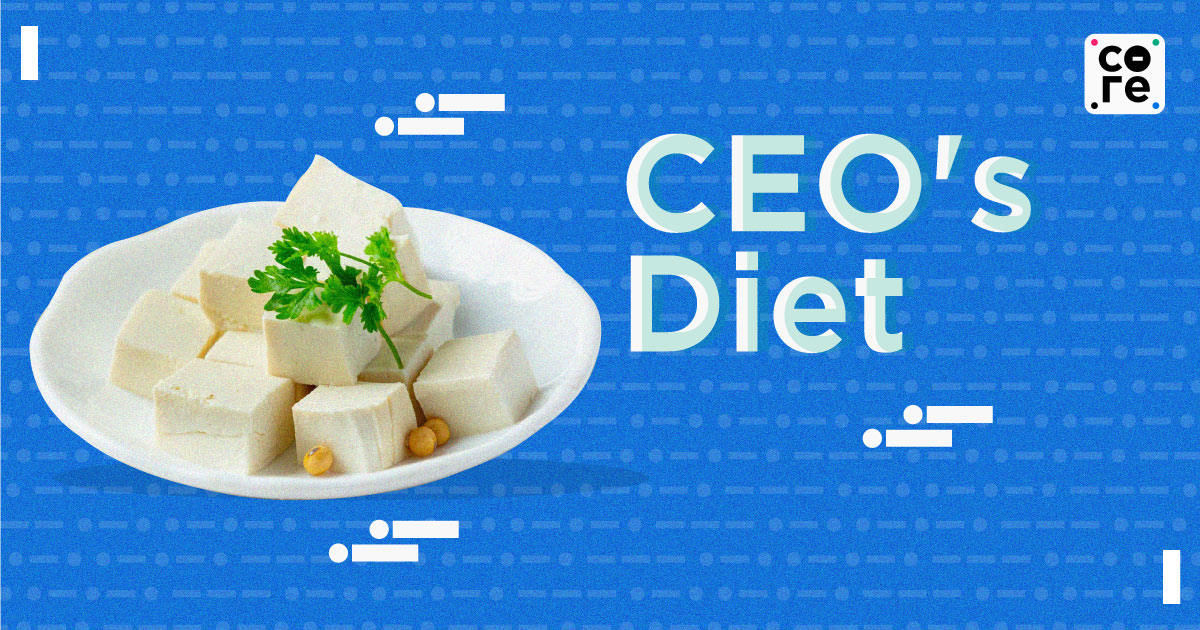
Decoding The Soy Dilemma: Your Complete Guide To Benefits, Concerns, And Facts
Soy-based products are one of the richest sources of protein for vegetarians and vegans, containing all essential amino acids, making it a complete protein

As if everyday nutrition was not complicated enough, there is now a collective dilemma over the consumption of soy that is making things even more confusing. Every other day, there appears a Twitter thread on why consuming soy-based products is dangerous. Soy has been a staple source of protein in Asian diets for thousands of years and received significant attention when studies showed that Asian populations have a lower risk of breast and prostate cancers.
Soy-based products are one of the richest sources of protein for vegetarians and vegans, containing all essential amino acids, making it a complete protein, so it is worthwhile examining if this blanket hate towards them is in any way justified.
Here is the quantity of protein in 100 grams of soy-based foods:
Cooked soybeans – grown in India – safe / cannot be GMO – 16-18 grams
Cooked edamame – 11-12 grams
Soy milk – 2-4 grams
Firm Tofu – around 10 grams
Cooked soya nuggets / Textured vegetable protein – 50 grams
Tempeh – 18-20 grams
Soya flour – around 50 grams
What Are The Benefits Of Eating Soy?
Apart from being the richest source of easily available protein for someone who does not eat meat, consuming soy-based products is linked to several benefits. Some of them are a reduced risk of heart disease, and breast and prostate cancer. It also reduces hot flashes in women experiencing menopause, alleviates depressive symptoms and improves renal function and skin health.
A Meta-Analysis of 46 studies identified by the US Food and Drug Administration demonstrated that soy protein decreased circulating LDL (bad cholesterol) and total cholesterol concentrations in adults. It also helps maintain bone density and decreases fractures in postmenopausal women.
The recommended daily intake of whole soy protein is 25 g per day and 40-80 mg per day for soy isoflavones.
This can be obtained from 1.25 cups of tofu, 2 cups of soymilk, or 50g of soy flour.
Most of these benefits come from the compound isoflavones, which soy is rich in. Isoflavones are classified as both phytoestrogens (plant-based estrogen) and selective estrogen receptor modulators (molecules that control estrogen effects selectively).
What Are Concerns Around Consuming Soy?
These same isoflavones have also led to several concerns about eating soy products.
The first is its adverse health effects on women and men. The European Food Safety Authority in a 2016 report concluded that isoflavones do not adversely affect the breast, thyroid or uterus of peri and postmenopausal women. The other constant health debate is the potential negative effects of soy on male health such as testosterone levels and sexual function.
Men have traces of estrogen in their blood just as women have traces of testosterone. While soya has phytoestrogen, a lower male libido or erectile dysfunction cannot be directly attributed to soy intake without ruling out other more common factors like diabetes, hypertension, and high cholesterol levels. Besides, the clinical findings must be corroborated with hormonal assays and diet and lifestyle patterns. Using moderate quantities of soy in food in the form of soya flour added to 'atta' to fortify rotis, or a glass of soya milk at breakfast would not lead to any changes in hormone levels.
If a man in his 50s, headed towards male menopause suddenly gets on a high soy diet (well over the recommended limits), and if his libido dives, then this change in the dietary pattern along with normal physiological ageing changes may act like a double whammy. If lowered libido is due to dietary factors, it is reversible and the libido comes back to normal as soon as the causative factor is removed, in this case, an intensive soy-based diet.
The next argument against soy is that products like soy milk and TVP are ultra-processed foods (UPF). Some of the reasons why doctors and nutritionists advise people to stay away from UPFs are high calorie, high glycemic index, addictive to taste and low satiety. None of these arguments applies to soy-based products — classifying soy-based products as UPF only hinders their public acceptance which affects personal and environmental health negatively.
The last argument that is the pet topic for Twitter threads by the anti-soy bandwagon is the GMO tag. Firstly, GMO soy is not grown in India, so if you eat locally grown soybeans or soy milk manufactured locally, it is very unlikely that you are eating GMO soy. As of now, India allows the import of GMO soy only for poultry feed. Currently, there is zero evidence that GMO versions or crops are bad for health. Many require fewer pesticides and fertilisers. That said, the criticism around GMOs is that some of the products come with exploitative business models that have not been great for small farmers.
Soy is a great protein-rich plant product for a protein-deficient country like India. Also, just to put GMOs into perspective, GMO yeast is where all the planet’s manufactured insulin comes from.
To summarise, it is perfectly okay to eat a moderate quantity of soy regularly, whether you are a man or a pre-, peri- or postmenopausal woman, to supplement your dietary protein and fibre (25 grams per day being the recommended limit and you can have even more if your physician thinks it is ok).
Soy-based products are one of the richest sources of protein for vegetarians and vegans, containing all essential amino acids, making it a complete protein
Doctor, nutritionist, wellbeing advocate and columnist, Dr Nandita Iyer is the author of three bestselling books. She has been writing on nutrition, health and food for over 17 years. Since 2006, her popular blog Saffron Trail has been a major resource for healthy food and vegetarian recipes. You can follow her @saffrontrail on Twitter and Instagram.

